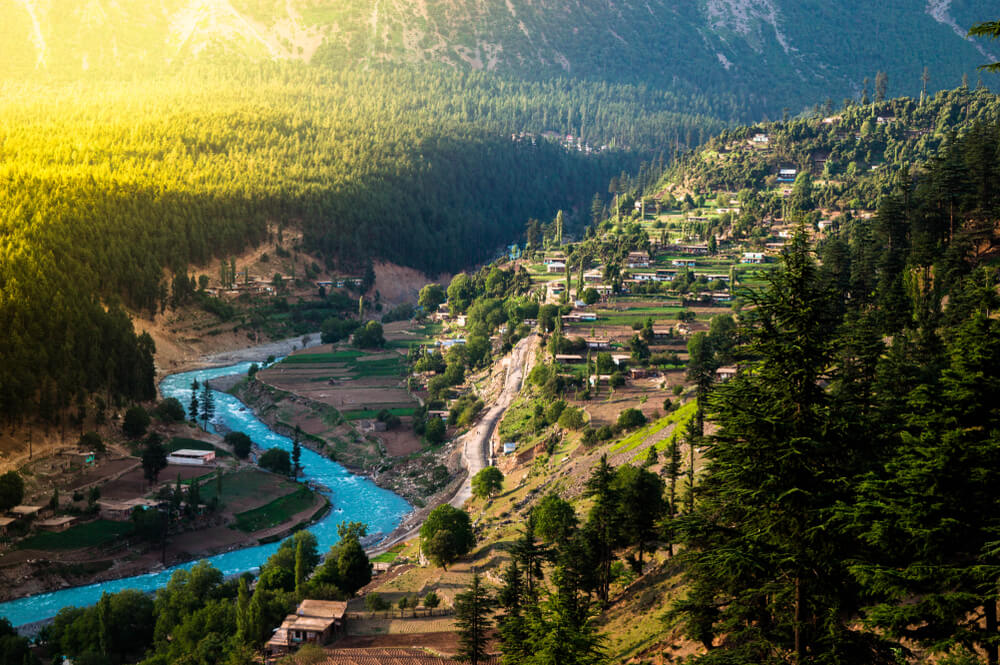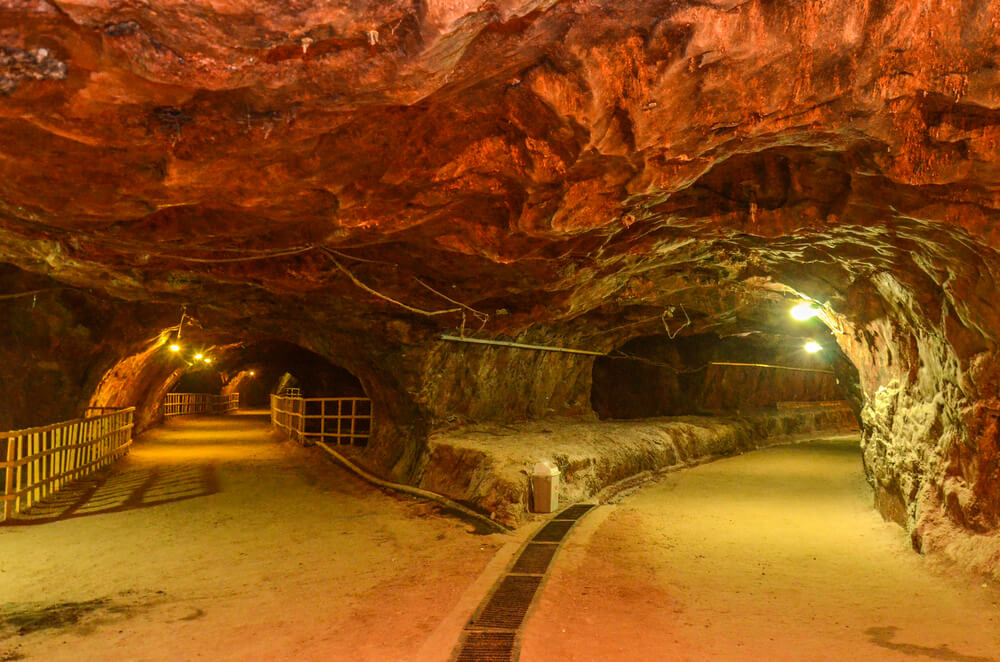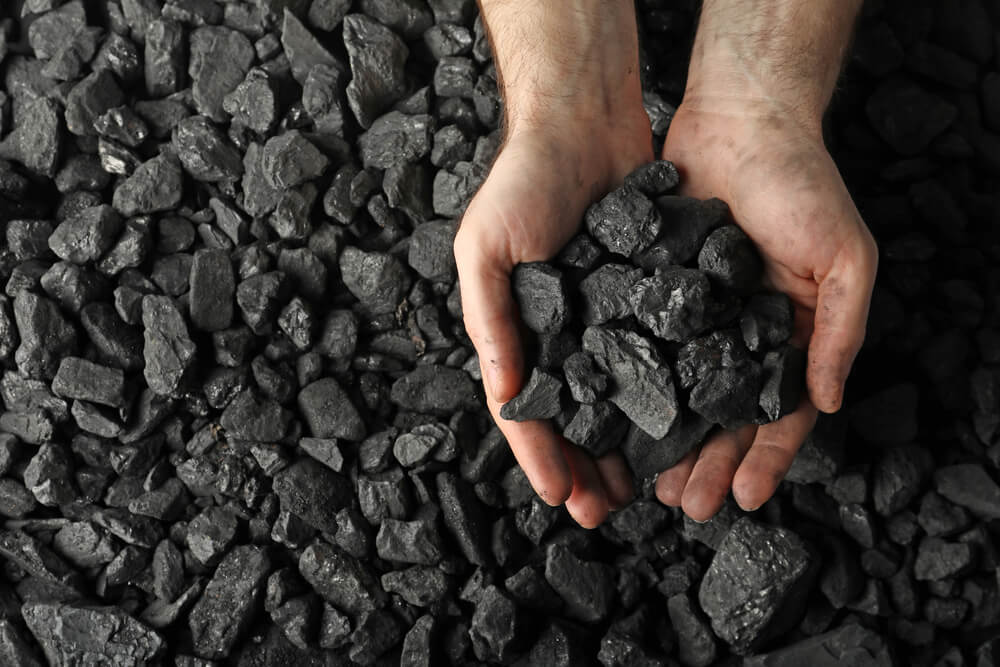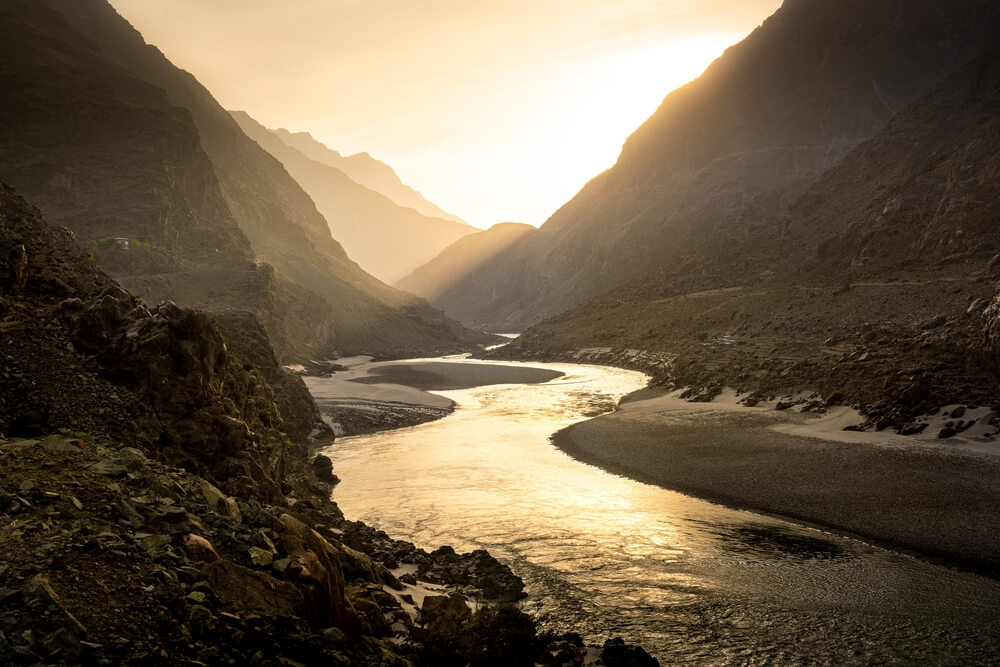Natural Resources of Pakistan
Pakistan is endowed with an abundance of natural resources. The country’s natural resources are a significant factor in Pakistan’s economy. It is employed in financial manufacturing or pleasure. Natural resource management must be done well to improve development and expand the nation’s economy.
According to government statements, other nations like China are also very interested in investing in Pakistan to profit from the country’s natural resources. This move is also advantageous for Pakistan as the increased job options brought about by the financing in the nation also contribute to the country’s overall economic growth.
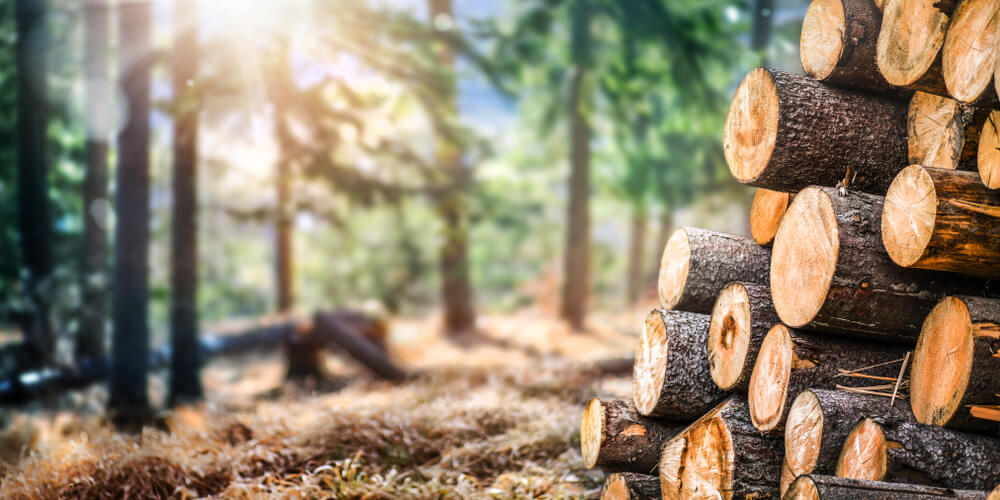
Natural resources are defined to be those that exist independently of human activity. It comprises a variety of things, such as ground, liquid, sunshine, flora, and more. However, the primary division is divided into four categories: mineral and energy assets, aquatic ecosystems, natural diversity, and ground funds.
In Pakistan, significant projects are being built while effectively utilizing natural resources. One such project is the China-Pakistan Economic Corridor (CPEC), constructed using fuel, power stations, water, electricity, etc.
Is Pakistan Rich in Natural Resources?
Pakistan is a privileged country with many natural resources. Because of its strategic location, it can serve as a financial powerhouse for its neighbors, who can trade with us and utilize our assets.
Pakistan is an Islamic Republic State with 650 miles of shoreline on the Arabian Sea and the Gulf of Oman. It is situated in South Asia. Iran, Afghanistan, and the country all surround the nation’s west. China is located in the northeast of the country, whereas India is on the east side.
Pakistan is ideally situated between Central Asia, South Asia, and the Middle East, making it a prime location in terms of geography. Additionally, the terrain contains critical natural resources across the nation.
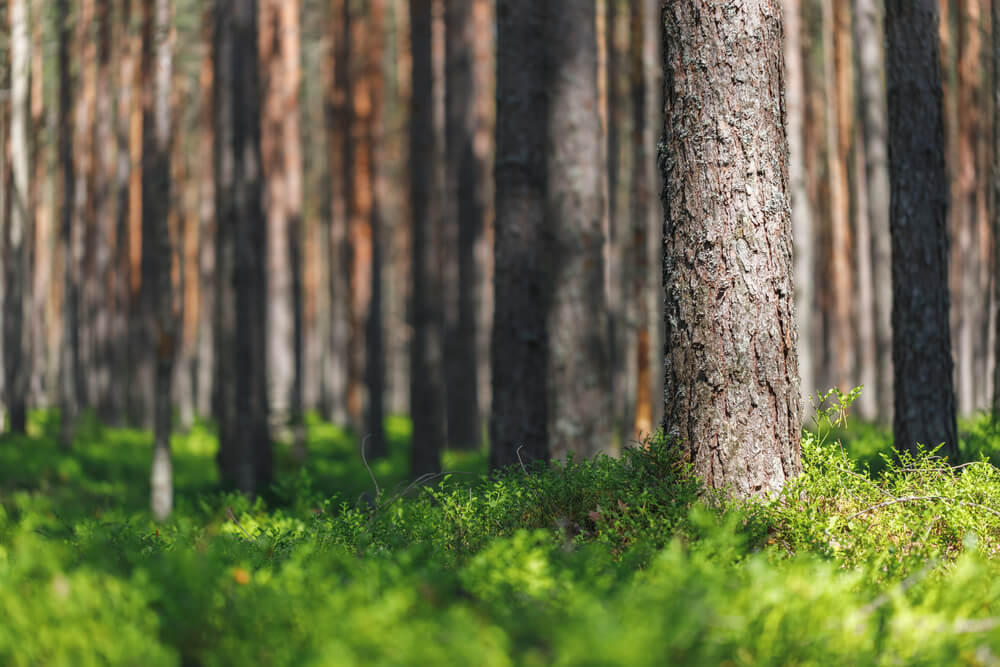
Almost all naturally occurring resources were created without human intervention, yet, their proper application led to several creations by humans. The assets also encompass the availability of coal, gypsum, iron, ore, sodium, oil, and natural gas.
Grain, rice, linen, sugar, fruit, eggs, dairy, veggies, the meat of lamb, and beef are among the agricultural goods that also fall under the category of vegetation in nature.
However, the principal industry for utilizing natural resources to their full potential in a good way, per the sources, comprises the production of textiles, pharmaceuticals, food manufacturing, building supplies, paper goods, fertilizer, and a wide range of other products.
Natural Resources and their Importance in the Economic Development
The quantity of natural resources is crucial for economic progress. A nation with insufficient natural resources won’t be able to advance quickly. “Other things being equal,” Lewis noted, “man can make better use of wealthy assets than he can of poverty.”
Natural resources are crucial for the development of any country’s economy. However, countries possessing natural resources may only be considered among the world’s developed nations if they utilize them effectively.
Utilizing these resources wisely and intelligently will help Pakistan develop into one of the world’s most economically powerful nations. Like many other countries, Pakistan has a wealth of natural resources, such as minerals, energy, and forests.
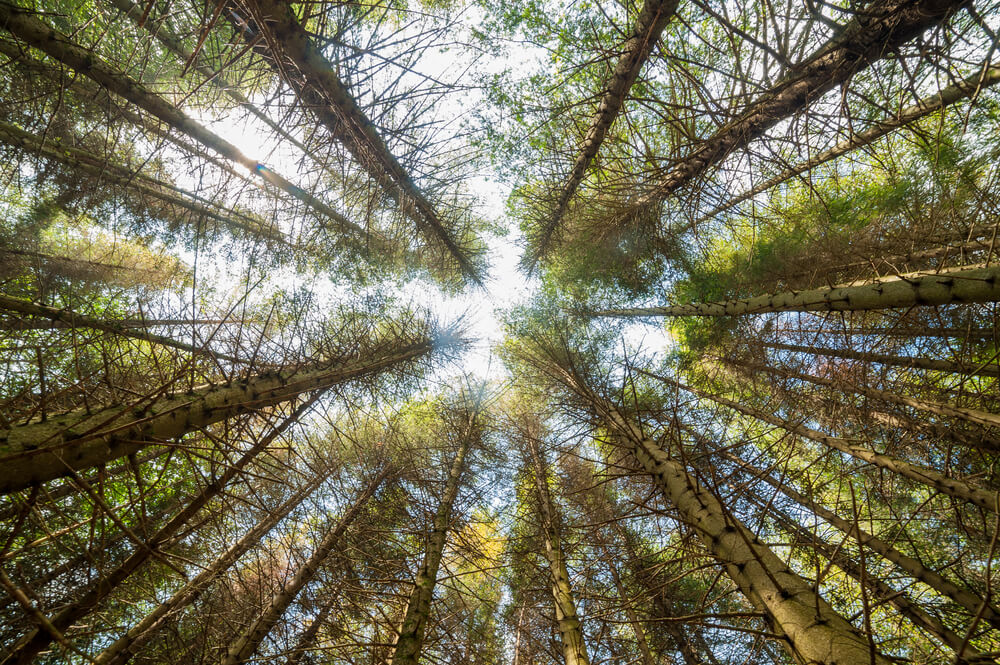
For example, Worldwide water resources constitute a crucial component of manufacturing. Along with dry times and floor depletion, many countries experience problems with water access. Additionally, it is no longer possible to meet the demand for water in arid regions without going over reasonable amounts and quality consumption rates. Disputes over water usage will soon worsen since all sectors’ needs must continue to rise. The fear of water scarcity is present today throughout the planet.
Intense rivalry for water exists between various places due to the rising demand brought on by economic and population growth. The media now informs people about the potential water crisis in the following decades. By 2025, 66% of the world’s population will be expected to reside in places with a water shortage. Only when it is used wisely is water renewable. If water resources are not managed effectively and fairly, it will be challenging to achieve sustained development.
Mineral Resources of Pakistan
Numerous minerals and natural resources, such as coal, gold, copper, bauxite, mineral salt, chromite, iron ore, and many others, are abundant in Pakistan. Rubies, topaz, and emeralds are just a few of the valuable and semi-precious minerals that are mined in Pakistan.
Mines in Pakistan
Mining is an activity or a method used to extract coal or commodities from a mine. However, because of its ample natural resources, Pakistan has made it a crucial step in boosting its economy. Pakistan also mines stones like emeralds, ruby, and many other gems in addition to coal, metal, salt, gold, and chromite.
Due to these and other powerful energy resources, export and import also rise. The nation’s primary exports are grain, fabrics, leather goods, carpets, sporting goods, chemicals, etc. The importation of machinery, oil, plastic, steel, paper, tea, and other goods does, nevertheless, contribute to the expansion of the economy.
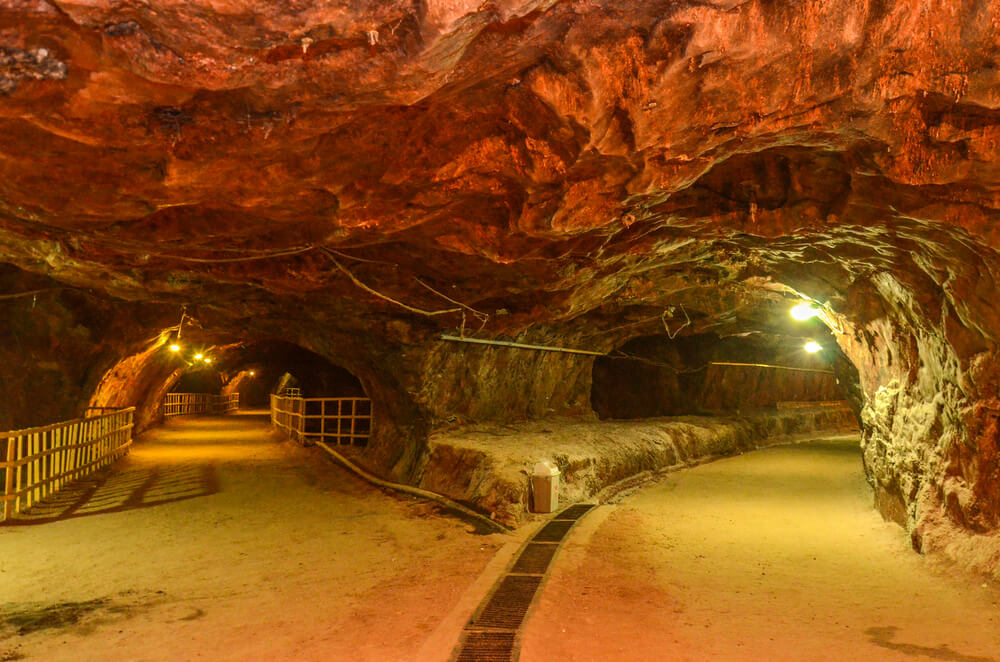
At the Saindak, Pakistan possesses substantial quantities of copper and gold ore. Similar to the Pothohar Plateau, there are other major rock salt formations. Pakistan has mineral resources such as dolomite, limestone, chromites, sea salt, copper, iron ore, gemstones, marbles, jewels, tiles, fire clay, sulfur, silica fumes, etc.
Major Natural Resources of Pakistan
Numerous natural resources in Pakistan are beneficial in a variety of ways, but the following are some of the most prevalent ones:
Coal
One of the primary natural resources of Pakistan is coal. Coal is still regarded as a significant component of Pakistan’s generating mix despite being a contemporary player in the country’s energy sector. In the last two years, there has been an increase, with Pakistan recording that four coal-fired power facilities from the CPEC account for 19% of all energy production.
Mineral deposits in Punjab of low to medium quality were previously found in Pakistan. However, reports of this resource in Baluchistan and the area around Islamabad indicate that it is advantageous for low-sulfur coal. Along with lignite coal, bituminous and sub-bituminous coal are also accessible in Pakistan.
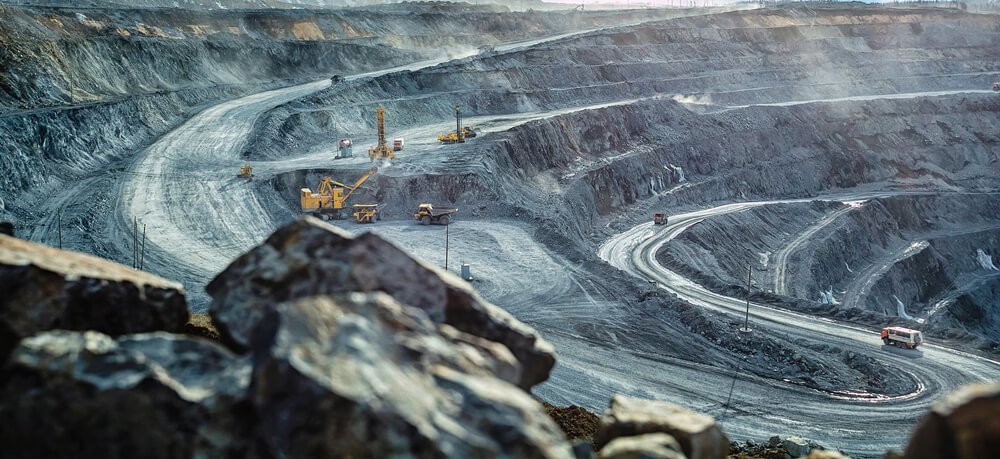
According to estimates, the nation has 185 billion tons of coal deposits. Additionally, it is equivalent to 628 billion gallons of petroleum products. The country can significantly benefit from the economic contribution of this natural resource.
Mountains
Pakistan, situated in South Asia amid Afghanistan and India, is one of the world’s most hilly nations. Most of Asia’s major mountain peaks and single mountains may be found in Pakistan, the country with the most mountains. The highest peak in the nation is K2 (8,611 meters/28,251 feet) in the Karakoram. The Himalayas contain the most famous mountain, Nanga Parbat (8,126 m/26,660 ft). Tirich Mir, another renowned peak in the Hindu Kush range (7,708 m/25,288 ft), is another prominent mountain.
There are approximately a dozen lesser ranges in Pakistan’s north besides those three big ones. The Balochistan Mountains, located in the traditional Balochistan area in the south, do, however, cover the majority of the nation. Pakistan has 8266 recognized peaks in total.
Water Resources
One of the greatest gifts from nature is water, and Pakistan is fortunate to have both several rivers and access to the ocean.
However, Pakistan’s national economy greatly depends on the fishing industry. The coastline is 814 kilometers long, and there is still room for further fishery resources. One of the leading export industries for Pakistan is fishing.
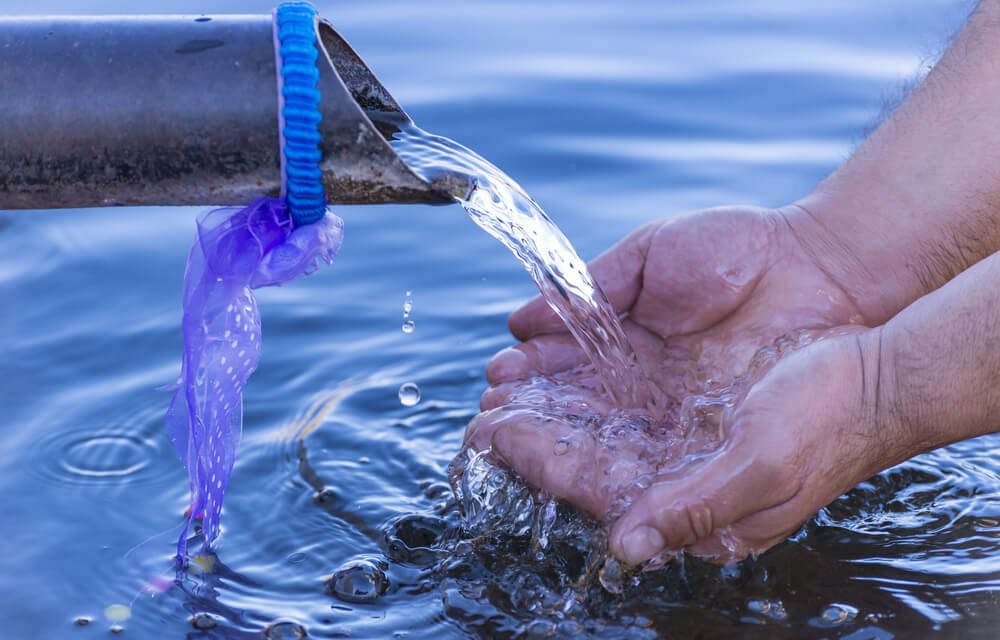
Pakistan has a wide variety of abundant natural resources. A growing urban middle class and a population of clever young people make up Pakistan’s human resources.
It is also confident that technology, economy, science, and culture will increase and develop in the foreseeable future. The nation will undoubtedly be proud as a result of this.
Forestry
Additionally, forests are a precious resource because they offer a variety of essential materials for our everyday lives and the production of other things. By supplying fresh oxygen, trees in forests also keep the air clean.
Only 4% of Pakistan’s territory is covered by forests, even though they constitute the country’s primary source of lumber, food, paper, firewood, medicine, fluid, etc. Both ecotourism and the discussion of wildlife benefit from having these.
Oil and Gas
Although the nation’s government has established a fixed target for generating roughly 31.12 million barrels of oil and 1.58 trillion cubic feet of natural gas during the financial year of 2020–2021, the country’s oil reserves were valued at 0.34 billion barrels in 2020.
Pakistan has a high rate of natural gas production. However, the gas field is anticipated to continue operating for a few more decades.
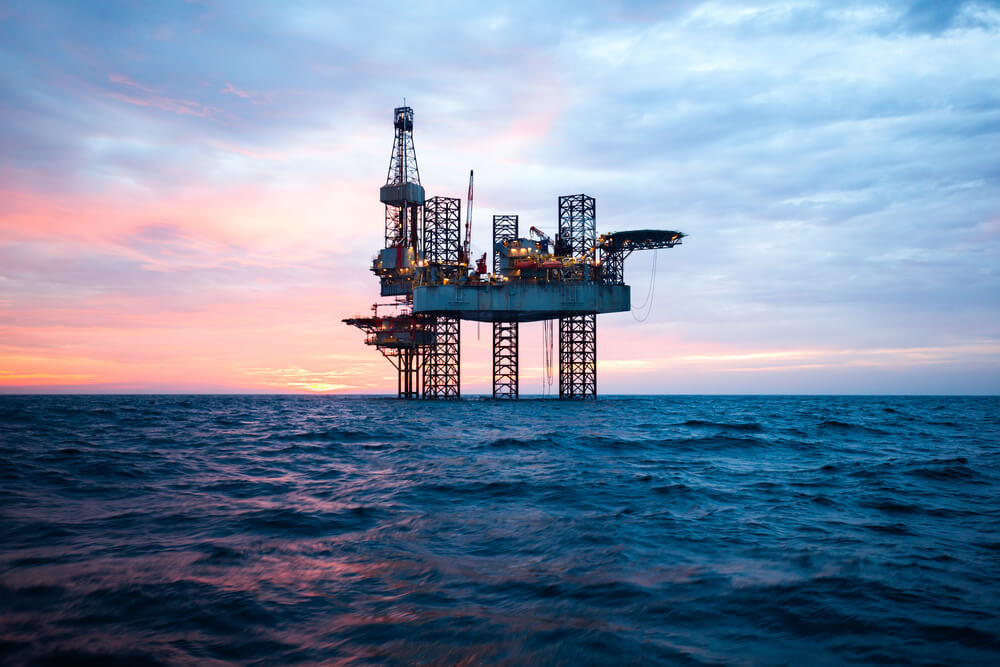
Sui gas is said to be the most incredible field because it produces a significant amount of Pakistan’s gas, per the reports. Nineteen million cubic meters of production were recorded per day. There are rumors of natural gas and oil riches beneath Balochistan’s deserted mountains and Sindh’s dunes.
Rock Salt
Rock salt (halite), often known as Himalayan salt, is mined in the Khewra salt mines. The salt is generally used as a culinary additive to substitute refined table salt, but it is also employed for food preparation and display, ornamental lamps, and spa services. It frequently has a pinkish color from trace minerals.
Marble and Limestone
Pakistan is blessed with large quantities of marble, particularly unique and well-known marble kinds, including Ziarat white, black & white marble, and black basalt. Khyber Pakhtunkhwa, Baluchistan, Sindh, and Punjab contain over 40 varieties of naturally colored marble.
There are significant limestone resources in the Punjab Province, particularly in the Salt Range Hills, Margallah Hills, Koh-Suleman, and District Attock. About 16 kilometers from the Taunsa Canal Bridge are the Sori Nala limestone reserves in the Zindapir area in Dera Ghazi Khan District.
Petroleum
Although they only contribute 11.6 million tonnes annually, Pakistan has a total processing capability of about 400,000 barrels per day or about 19 million tonnes of crude oil annually. There are confirmed reserves in Pakistan that are 1.7 times the country’s yearly consumption.
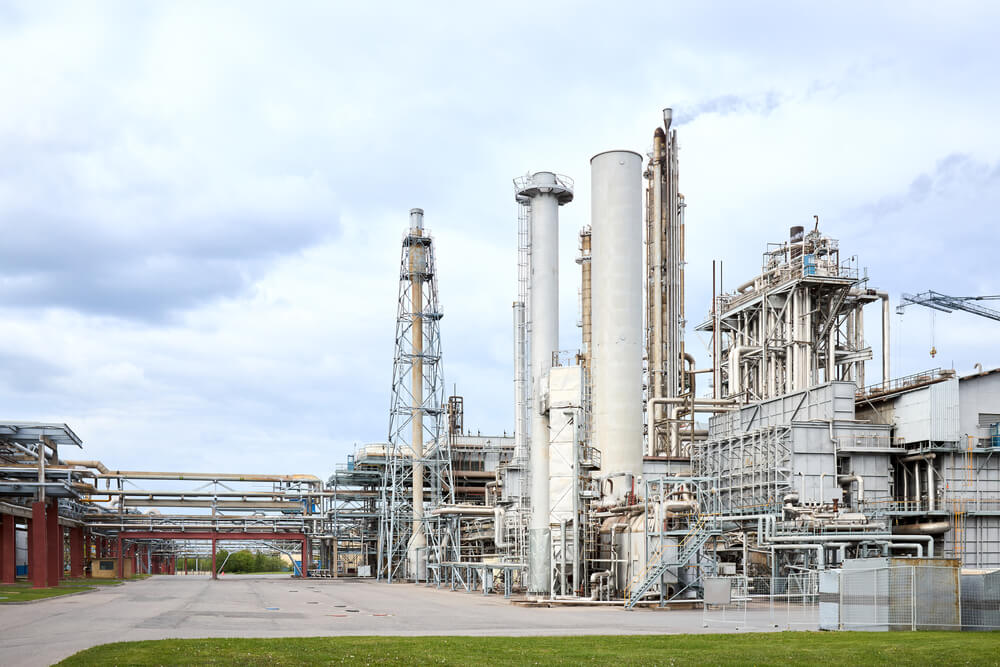
Iron
There are several localities of Pakistan where iron ore can be discovered, including Nokundi, Chiniot, the largest Kalabagh, Haripur, and other northern districts.
With measured reserves of 350 million tonnes, the Kalabagh iron deposit ranks among the greatest in the nation. In the meantime, 500 million tonnes of iron ore deposits were found in Chiniot earlier this year, with 60 to 65 percent being of high grade.
The current estimations are based on new information that indicates the likelihood of finding several metallic deposits across a large area. Initial geological discoveries sparked the creation of related copper and gold resources.
Gypsum
The Dera Ghazi Khan District’s tribal areas are home to most gypsum deposits. The deposits are located west of Dera Ghazi Khan in the north-south oriented ridges that make up the Suleman Range’s foothills.
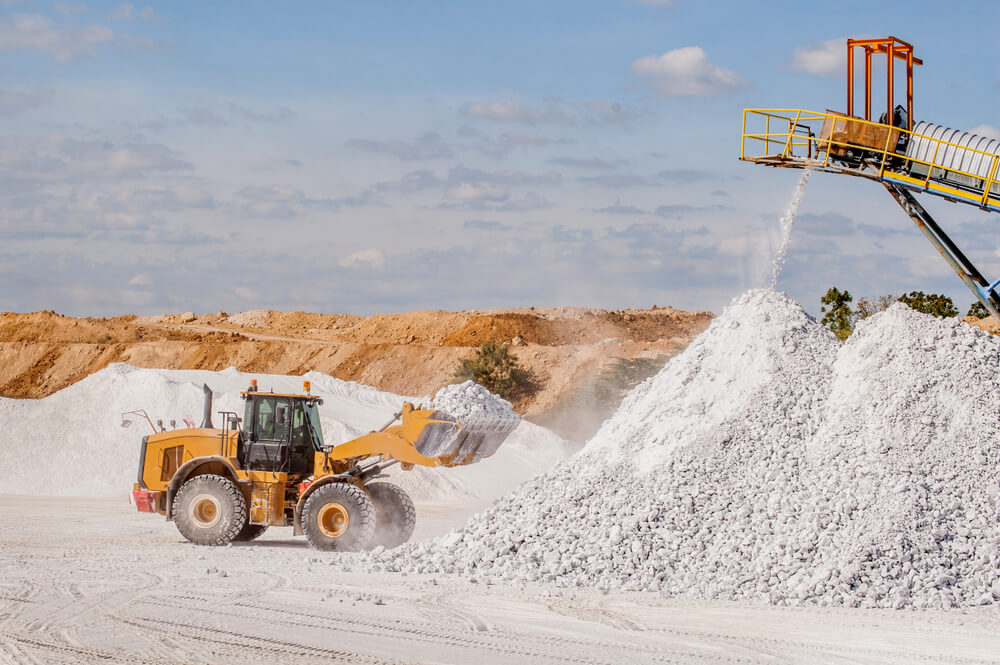
Most producers understood that gypsum should only be used on unhealthy or degraded soils. Farmers in Pakistan primarily use it to recover sodic and saline-sodic soils. With the development of technology and information, gypsum is now also referred to as fertilizer by scientists.
Copper and Gold
Reko Diq is a significant copper-gold deposit with 12.3 million tons of copper and 20.9 million ounces of precious metal gold in estimated and probable deposits in the Chaghi District of Balochistan in Pakistan.
One of the world’s most significant untapped copper-gold deposits is called Reko Diq. The project, which has been on hold since 2011, can be reconfigured and restarted thanks to an agreement in principle struck earlier this year between the Pakistani government, the Balochistan provincial government, and Barrick. It will be run by Barrick and be owned by Barrick, the Balochistan Provincial Government, and 25% of state-controlled businesses in Pakistan.
Gems
Pakistan is the source of many different types of minerals, some of which are well-known in the mineralogy, including peridot, aquamarine, topaz (in various colors, including violet, pink, golden, and champagne), ruby, emerald, rare-earth minerals bastnaesite and xenotime, sphene, tourmaline, and numerous types and varieties of quartz.
The three internationally renowned mountains known as Hindukush, Himalaya, and Karakorum envelop Pakistan’s northern and northwest regions. Nearly all of the minerals Pakistan currently exports to the world market have been discovered in these mountains, including aquamarine, topaz, peridot, ruby, emerald, amethyst, morganite, zoisite, spinel, sphene, and tourmaline.
Pakistan has previously exported uranium in extremely tiny quantities. Pakistan produces tonnes of uranium. However, Pakistan’s uranium resources are found in the Sulaiman Range, Bannu Basin, Dera Ghazi Khan, Kircher Range, and Issa Khel, Mianwali District.
Chromite
Chromite is widely used in industry and is a significant raw material for producing corrosion resistance, paint, and other chemicals. Most of Pakistan’s chromium deposits are linked to an ophiolitic sequence that formed during the Mesozoic era due to a release of liquid metal from the Neo-Tethys Sea and the shattered Indian plate.
Chromite was first discovered and documented in Pakistan in the 1960s, but sadly, most findings lack authenticity for resource calculation and classification. There are better odds of getting a more accurate estimate of the reservoir, its dispersion in the prospect zone, and its chemical makeup per metric ton if a modern, proper seismic and biochemical investigation is done to the stated area.
FAQs
What is Pakistan’s * most extensive * natural resource?
Regarding natural resources, Pakistan is one of the wealthiest nations in the world, but its administration is also among the worst.
According to accounts, Pakistan’s most excellent field is Sui gas. It contributes significantly to the nation’s gas production. Nineteen million cubic meters were created each day. Additionally, there are rumors of oil and gas reserves beneath Balochistan’s barren mountains and Sindh’s dunes.
Numerous minerals and natural resources, such as coal, gold, copper, bauxite, mineral salt, chromite, iron ore, and many others, are abundant in Pakistan. Rubies, topaz, and emeralds are just a few of the valuable and semi-precious minerals that are mined in Pakistan.
What are the five most important natural resources?
Water, Oil, Coal, Forest, and Iron are the world’s top 5 most important natural resources. Unfortunately, most of these reserves are depleting quickly, and if no mitigating actions are taken, we may have to face severe consequences. Coal, oil, and iron are non-renewable natural resources, whereas water and forest are renewable. However, global warming has created a significant impact on these as well.
Does Pakistan have any oil?
The first oil well was dug in the Toot area in 1964, when President Ayub Khan pushed a resource development strategy, making it one of Pakistan’s oldest oil-producing districts. It is situated on the Punjab Province’s Pothohar Plateau, 135 kilometers southwest of Islamabad, the country’s capital.
There are confirmed reserves in Pakistan that are 1.7 times the country’s yearly consumption. This indicates that there would be around two years’ worth of oil left without imports (at current consumption levels and excluding unproven reserves).
Is Pakistan rich in gold?
The Reko Diq mine is a projected mining operation close to Reko Diq town in Baluchistan, Pakistan’s Chagai District. With projected resources of 5.9 billion tonnes of ore evaluating 0.41% copper and gold reserves totaling 41.5 million oz, Reko Diq represents one of the country’s most significant copper and gold resources.


